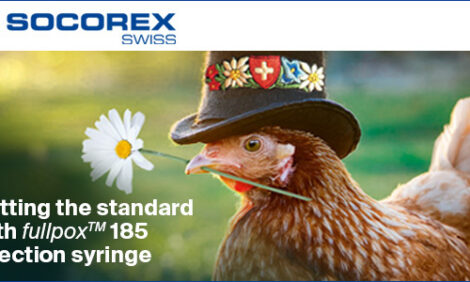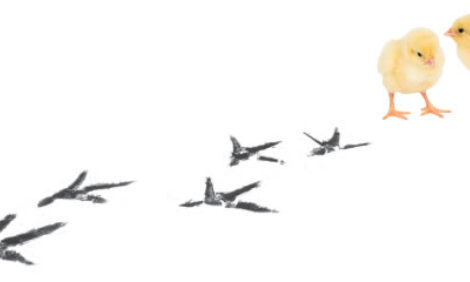



Contrast in Light Intensity Rather than Daylength Influences Broiler Behaviour and Health
Light intensity had a greater effect than daylength on broiler behaviour and health, according to new research from the University of California, Davis. Researchers observed that low-contrast light intensity appeared to dampen behavioural rhythms and may have an imapct on bird health.Day length and intensity are commonly manipulated aspects of the light environment in commercial broiler production, say R.A. Blatchford and colleagues at the Department of Animal Science at the University of California, Davis.
In their paper published recently in Poultry Science, they explain that both of these factors influence circadian rhythms but it is unclear if they do so independently or synergistically.
They evaluated the effect of light:dark (20L:4D, 16L:8D) and intensity contrasts (1 lux:0.5 lux, 200 lux:0.5 lux) on broiler behaviour and health (n=1,004; four replicates per treatment).
Activity was measured using passive infrared detection, and feeding activity was measured by the amount of feed consumed per hour over one 24-hour period each week. Broilers were gait-scored and weighed at six weeks of age. Following euthanasia, eyes were dissected from 30 birds per treatment.
Behaviour and performance were analysed using the GLM, gait score using the Kruskal-Wallis test, and eye measures using a MANOVA.
The 200-lux birds were more active (P=0.03) and fed more (P=0.001) during the photophase (light period) but were less active (P=0.02) and fed less (P<0.001) during the scotophase (dark period) than the 1-lux birds. There were no differences in gain:feed ratio (mean ± SEM, 1.63±0.01 kg of feed per kg of bodyweight). However, 1-lux birds were slightly heavier (2.79±0.01kg; P=0.02) than 200-lux birds (2.72±0.01kg).
The 200 lux-birds had better (P<0.001) mean gait scores than 1-lux birds although treatment differences were small.
One-lux birds had greater side-to-side (18.86±0.11mm versus 17.63±0.11mm; P<0.001) and back-to-front (13.39±0.09mm versus 12.89±0.09mm; P<0.001) eye diameters. They also had heavier eyes (2.42±0.03g versus 1.99±0.03g; P<0.001) than 200-lux birds.
There was only one effect of light:dark, with 16:8 having greater back-to-front eye diameters than 20:4 (13.30±0.10mm versus 13.00±0.10mm; P=0.02). There were no interactions.
These results indicated that light intensity, not day length, was the major factor affecting broiler behaviour and health under these lighting conditions, concluded Blatchford and colleagues. Low-contrast light intensity dampened behavioural rhythms and had possible health effects.
Reference
Blatchford R.A., G.S. Archer and J.A. Mench. 2012. Contrast in light intensity, rather than day length, influences the behavior and health of broiler chickens. Poult. Sci., 91(8):1768-1774. doi: 10.3382/ps.2011-02051
Further ReadingYou can view the full report (fee payable) by clicking here. |
September 2012








